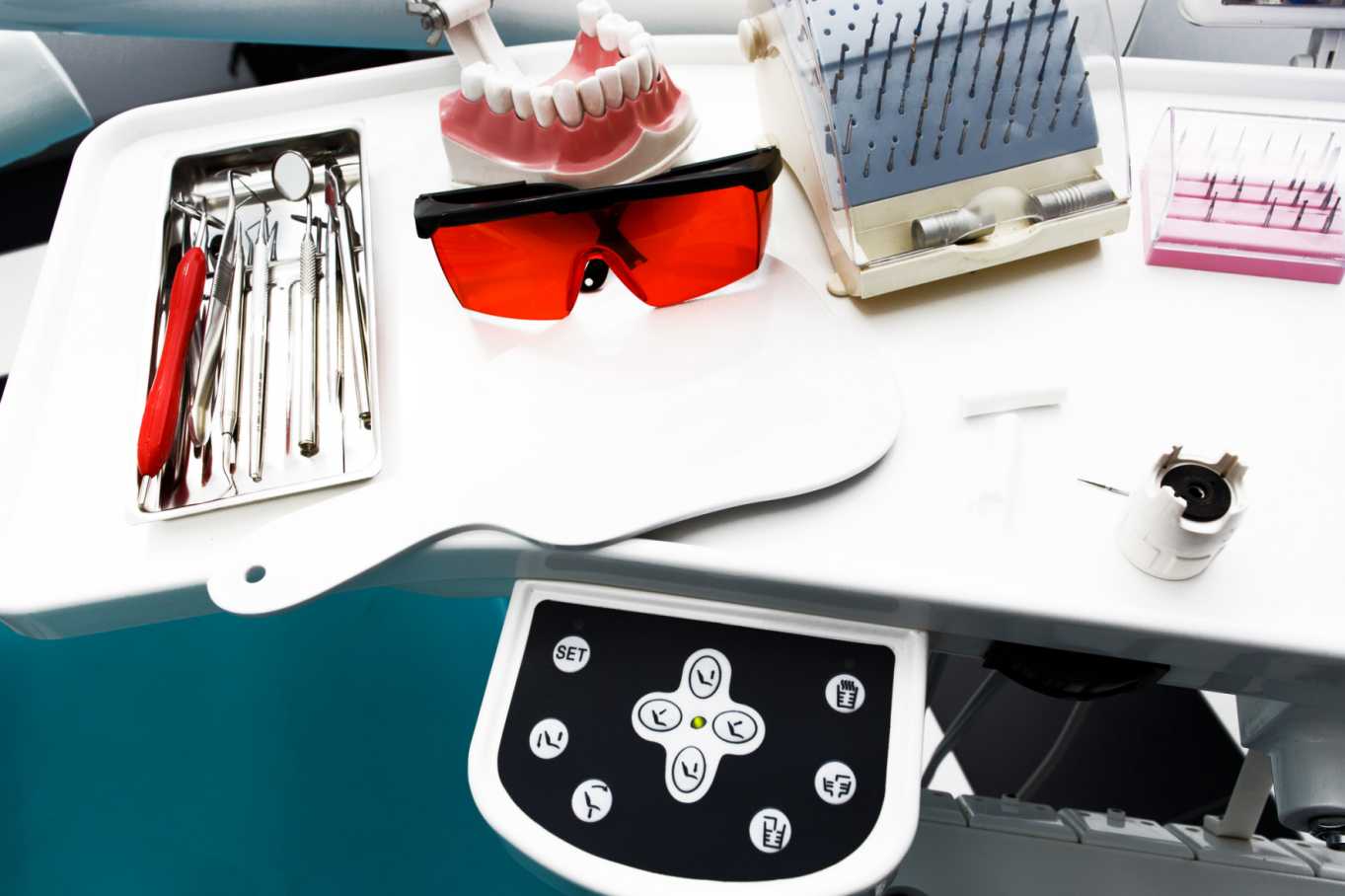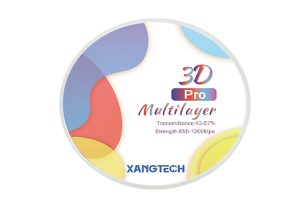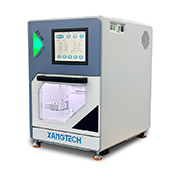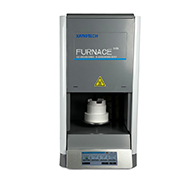What’s Heating Rate Variability and Why’s It a Big Deal in Dental Zirconia Sintering?
Heating rate variability is when a dental zirconia sintering furnace doesn’t heat up at a steady pace during the firing process. This small hiccup can mess up the quality of zirconia restorations big-time. In dental labs, where nailing precision is everything, keeping the heating rate consistent is key to getting top-notch material strength, structure and looks.
How Does Heating Rate Affect Dental Zirconia’s Final Quality?
The heating rate has a direct impact on how zirconia blocks transform, grow grains and handle stress. If the temp spikes too fast or wobbles, it can lead to spotty densification or internal stresses that weaken the material. On the flip side, dragging the heating out too slow wastes time without adding any real perks.
Take XANGTECH’s Fast Burning 3D PRO Multilateral Blocco di zirconia—it sinters in just 40–60 minutes. That speed needs tight control to keep both quality and durability solid for zirconia crowns. The accelerated sintering process does not compromise the quality and durability of the zirconia crowns.
What Affects Heating Rate Consistency in Forno di sinterizzaziones?
Even Heat Across the Chamber
A consistent thermal setup ensures every part of the load gets the same heat. Uneven temps in different parts of the chamber can overcook some restorations while others don’t densify enough. This is super critical when firing big batches.
Control Systems and Sensor Accuracy
High-tech control systems use thermocouples and feedback loops to keep ramping on point. Top-notch sensors catch any slip-ups early and tweak the power to fix it. Without this setup, even tiny changes in room conditions or load size can throw off the heating.
Programmed vs. Actual Ramp Rates
There’s often a gap between the heating rates you set and what actually happens inside the furnace because of thermal lag or power limits. Checking real-time data lets techs fine-tune programs to match actual performance.
What Are the Big Challenges in Keeping Heating Rates Steady?
Can Wonky Heating Rates Cause Material Flaws?
Yup, uneven heating can lead to all sorts of issues like warping, internal cracks, or patchy translucency. These flaws don’t just hurt the look—they can wreck long-term durability too. Dyed zirconia’s especially tricky—fast heating can make solvents expand too quick, causing surface cracks.
XANGTECH sintering furnace has a special pre-drying feature for zirconium blocks, built to stop cracking in dyed dentures. This shows how smart design can tackle issues from shaky heat rates.
How Do Furnace Design and Build Quality Affect Heating?
Insulation and Chamber Build
Top-grade insulation cuts heat loss and keeps internal temps steady by blocking outside interference. A solid chamber ensures even airflow and heat spread across multiple restoration layers.
Power Supply Stability
Voltage swings can mess with how smoothly a furnace heats up. Steady power delivery keeps programmed ramp rates on track without sudden jumps or dips that could throw things off.

Meet XANGTECH: Your Go-To for Zirconia Sintering Furnace Solutions
Who’s XANGTECH and Why Are Their Furnaces Awesome?
We at XANGTECH are all about high-performance gear for dental labs worldwide. With over 11 years in the dental equipment game, we’ve got a full lineup of zirconia blocks, milling machines, PMMA discs and—most notably—our killer dental zirconia sintering furnace systems.
XANGTECH sintering furnace is a rockstar in modern dental labs, delivering unbeatable reliability with smart software, tough hardware and forward-thinking features.
How Does XANGTECH’s Furnace Tackle Heating Rate Variability?
Multi-Zone Temp Control
Our furnaces have multi-zone control to keep heat balanced across all chamber layers. Its design features a spacious chamber with a 100 mm diameter spread across 3 layers, enabling simultaneous sintering of up to 200 pieces with consistent results throughout.
High-Precision PID Algorithms
With slick PID (Proportional-Integral-Derivative) algorithms running on a beefy 32-bit Linux platform, our system tweaks power based on sensor feedback—making sure your programmed ramp rate matches what’s actually happening.
Easy-to-Use Interface for Custom Profiles
We’ve got voice prompts and smart analysis tools built into our interface, so you can set up custom profiles based on denture size and shape. Automatically analyze the size and shape of dentures and select the appropriate program.
How to Pick a Dental Zirconia Sintering Furnace for Solid Performance?
What Specs Should You Look At When Choosing a Furnace?
Max Temp and Ramp Speed
Go for units that hit at least 1600°C with fast ramp speeds. XANGTECH’s Forno di sinterizzazione di zirconia 11S rocks a max temp of 1650℃ and a heating rate up to 100℃/min, perfect for both standard and quick-sintering jobs.
Chamber Size and Load Evenness
A big chamber with multi-layer capacity lets you process batches without losing uniformity. This boosts output while keeping quality consistent across all pieces fired at once.
Long-Term Reliability
High-quality parts like high purity silicon molybdenum heating elements ensure the furnace holds up under heavy daily use—key for busy labs.
Why’s Repeatability a Must in Dental Labs?
Inconsistent firing leads to reworks that waste time and materials. Repeatability ensures every crown or bridge comes out just right—keeping patients happy and labs running smoothly.
Practical Tips to Cut Down Heating Rate Swings During Sintering
How Can Techs Fine-Tune Firing Programs?
Preheating and Soak Times
Starting with gradual preheating stabilizes early temp zones before fast ramps kick in—great for thick restorations or big batches. Adding soak times at key points lets heat spread evenly across each piece.
Calibrating Thermocouples and Sensors
Regularly checking sensors ensures accurate readings, which are crucial for keeping ramp rates on point. Even small errors can snowball into big issues later.
What Maintenance Keeps Performance Steady?
Routine checks on insulation, chamber cleanliness, sensor function and software updates prevent performance drift over time. Our furnaces support USB data transfer functionality so you can log performance metrics regularly for easier diagnostics.

Domande frequenti
Q: Why’s heating rate control such a big deal in dental zirconia sintering furnaces?
A: Tight control over heating rates ensures even grain growth, full densification, minimal stress buildup and great translucency—all key for making tough, good-looking zirconia restorations.
Q: How does XANGTECH keep heating rates stable in their sintering furnaces?
A: We use high-precision PID algorithms with multi-zone temp controls on a 32-bit Linux platform to make sure actual ramp rates match programmed ones, even with different loads.
Q: What’s the best heating rate for dental zirconia sintering?
A: It depends on the material and restoration complexity, but modern protocols often use faster cycles up to 100℃/min—like with our 11S Zirconia Sintering Furnace—as long as precise controls are in place.












